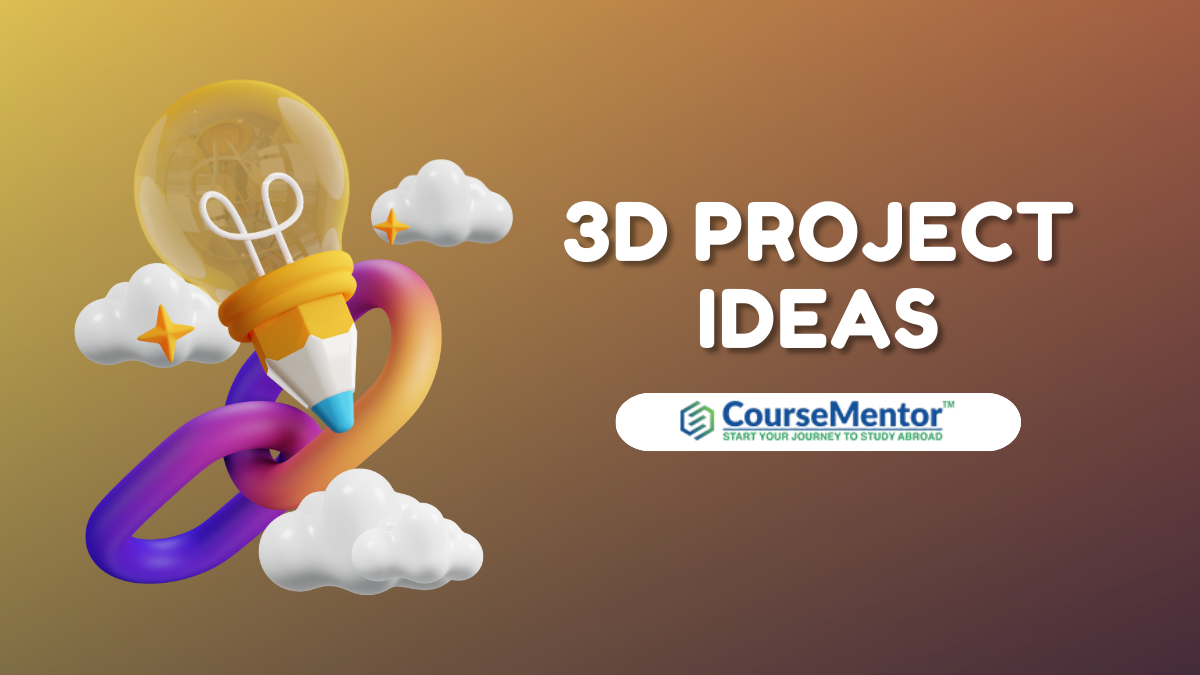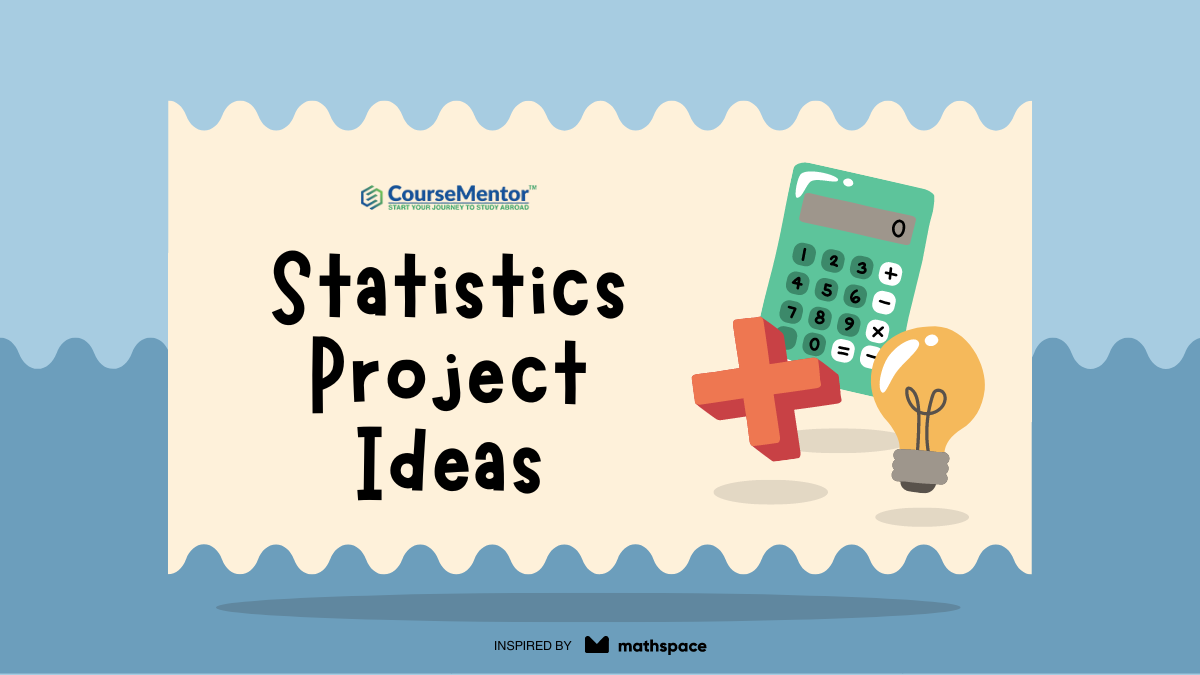Research is the cornerstone of progress in any field, be it science, social sciences, or humanities. But behind every research endeavor lies a crucial aspect that often goes unnoticed by many: the scope and limitation. In this blog, we’ll delve into what is scope and limitation in research, why they matter, and how they influence the outcome of a study.
| Also Read: 75 Earth Day Recycle Project Ideas [2024] |
What Are The Main 10 Stages Of Research Process?
The research process typically involves several stages, each crucial for the successful completion of a study. Here are the main 10 stages of the research process:
- Identifying the Research Problem: This stage involves identifying a topic or issue that warrants investigation. Researchers should ensure the problem is significant, relevant, and feasible for study.
- Reviewing the Literature: Conducting a thorough review of existing literature on the chosen topic is essential. This helps researchers figure out what we already know, spot where there are holes in our knowledge, and make their research questions clearer.
- Formulating Research Questions or Hypotheses: Based on the identified research problem and literature review, researchers develop specific research questions or hypotheses that they aim to address through their study.
- Designing the Research Methodology: This stage involves selecting the appropriate research design, methods, and techniques for data collection and analysis. Researchers must consider factors such as the research objectives, the nature of the data, and ethical considerations.
- Sampling: Researchers need to determine the sampling strategy and select participants or samples that represent the population of interest. Sampling methods may vary depending on the research design and objectives.
- Data Collection: This stage involves collecting data using the chosen methods and techniques. Data collection may involve surveys, interviews, observations, experiments, or analysis of existing data, among other methods.
- Data Analysis: After collecting data, researchers look at it carefully using the right tools to figure out what it means. They want to find important ideas, check if their guesses are right, and answer the questions they’re studying.
- Interpreting Results: Researchers analyze the results of their data to understand how they relate to the questions or guesses they had at the beginning of their study. They assess the significance of the results, identify patterns or trends, and draw conclusions.
- Drawing Conclusions and Implications: Based on the interpretation of results, researchers draw conclusions regarding the research questions or hypotheses. They discuss the implications of their findings, their relevance to theory or practice, and any recommendations for future research or applications.
- Writing and Presenting the Research Report: Finally, researchers write a comprehensive research report detailing the entire research process, from problem identification to conclusions. The report typically includes an introduction, literature review, methodology, results, discussion, and conclusion. Researchers may also present their findings at conferences or publish them in academic journals.
What Is Scope And Limitation In Research?
Scope in Research
- Definition: The scope of research outlines the boundaries and extent of the study.
- Components: It includes various elements such as research objectives, questions, methodology, timeframe, and geographic coverage.
- Guiding Factor: Scope guides researchers in determining what aspects of the topic will be included in the study and what will be excluded.
- Clarity: Defining the scope ensures clarity and focus, preventing researchers from straying off-topic.
- Relevance: It helps in ensuring that the research addresses pertinent issues and contributes meaningfully to the existing body of knowledge.
Limitation in Research
- Definition: Limitations refer to constraints or weaknesses within the research study that may impact its validity or generalizability.
- Types: Limitations can arise due to various factors such as methodological constraints, resource limitations, scope constraints, ethical considerations, and time constraints.
- Acknowledgement: Researchers should openly acknowledge limitations to maintain transparency and credibility.
- Mitigation: While some limitations may be unavoidable, researchers can mitigate their impact through careful planning, rigorous methodology, and transparent reporting.
- Future Implications: Identifying and addressing limitations can provide valuable insights for future research, guiding researchers in overcoming similar challenges in subsequent studies.
What Is Scope And Limitation In Research Example?
Scope in Research Example
Let’s consider a research study investigating the impact of social media usage on teenagers’ mental health
- Research Goals: We want to understand how using social media affects how teenagers feel.
- Research Questions: How much do teenagers in cities use social media, and for how long? Does using social media relate to how teenagers feel, like if they feel sad or anxious?
- Research Methodology: Utilizing surveys and interviews to gather data on social media usage patterns and mental health indicators.
- Timeframe: The study will focus on data collected over the past three years to capture recent trends and changes.
- Geographic Coverage: The study will concentrate on urban areas within a specific city, ensuring relevance and context specificity.
Limitation in Research Example
In the same study, limitations may arise due to various factors:
- Methodological Limitation: The reliance on self-reported data from surveys and interviews may introduce response bias and inaccuracies.
- Resource Limitation: Limited funding and time constraints may restrict the sample size and the depth of data collection, potentially affecting the study’s comprehensiveness.
- Scope Limitation: Focusing solely on urban areas may limit the generalizability of the findings to rural or suburban populations.
- Ethical Limitation: Ensuring informed consent and protecting the privacy of participants may pose ethical challenges, especially when dealing with sensitive topics like mental health.
- Time Limitation: The study’s timeframe of three years may not capture long-term effects or trends in social media usage and mental health outcomes.
In this example, the scope defines the parameters and objectives of the study, while the limitations highlight potential constraints and challenges that may impact the research process and findings.
How Do You Write Scope And Limitations In Research?
Writing the scope and limitations section in a research paper involves clearly defining the parameters of your study and acknowledging any constraints or weaknesses that may impact its validity or generalizability. Here’s a step-by-step guide on how to write the scope and limitations in research:
- Begin with the Scope
- Start by defining the scope of your research. This involves outlining the boundaries and extent of your study.
- Clearly state the objectives of your research and the specific aspects you will investigate.
- Identify the research questions or hypotheses that you aim to address.
- Describe the methodology you will use, including data collection and analysis techniques.
- Specify the timeframe and geographic coverage of your study.
- Be Concise and Specific
- Avoid ambiguity by being concise and specific in your description of the scope. Clearly define what will be included in your study and what will be excluded.
- Use clear and precise language to convey the scope of your research to your readers.
- Acknowledge Limitations
- After defining the scope, acknowledge any limitations or constraints that may impact your study.
- Identify potential methodological limitations, such as sample size, data collection methods, or measurement tools.
- Consider resource limitations, including funding, time, and access to data or participants.
- Discuss any scope limitations, such as geographic or demographic restrictions.
- Address ethical considerations and any potential biases or confounding factors.
- Provide Justification
- Explain why these limitations are relevant to your study and how they may affect the interpretation of your results.
- Justify your choices and decisions regarding the scope and limitations of your research.
- Demonstrate awareness of potential challenges and demonstrate transparency in your reporting.
- Offer Recommendations
- Despite limitations, suggest ways to mitigate their impact or address them in future research.
- Provide recommendations for researchers who may encounter similar constraints in their own studies.
- Highlight the implications of your research findings in light of the acknowledged limitations.
- Review and Revise
- Review your scope and limitations section to ensure clarity, coherence, and accuracy.
- Revise as needed to ensure that your description accurately reflects the parameters of your study and acknowledges any potential constraints.
Conclusion
In conclusion (of what is scope and limitation in research), scope and limitation are integral components of any research project. Understanding the scope helps researchers define the boundaries and parameters of their study, while acknowledging limitations ensures transparency and credibility.
By carefully considering scope and limitation, researchers can conduct more rigorous and meaningful studies that contribute to the advancement of knowledge in their respective fields.





